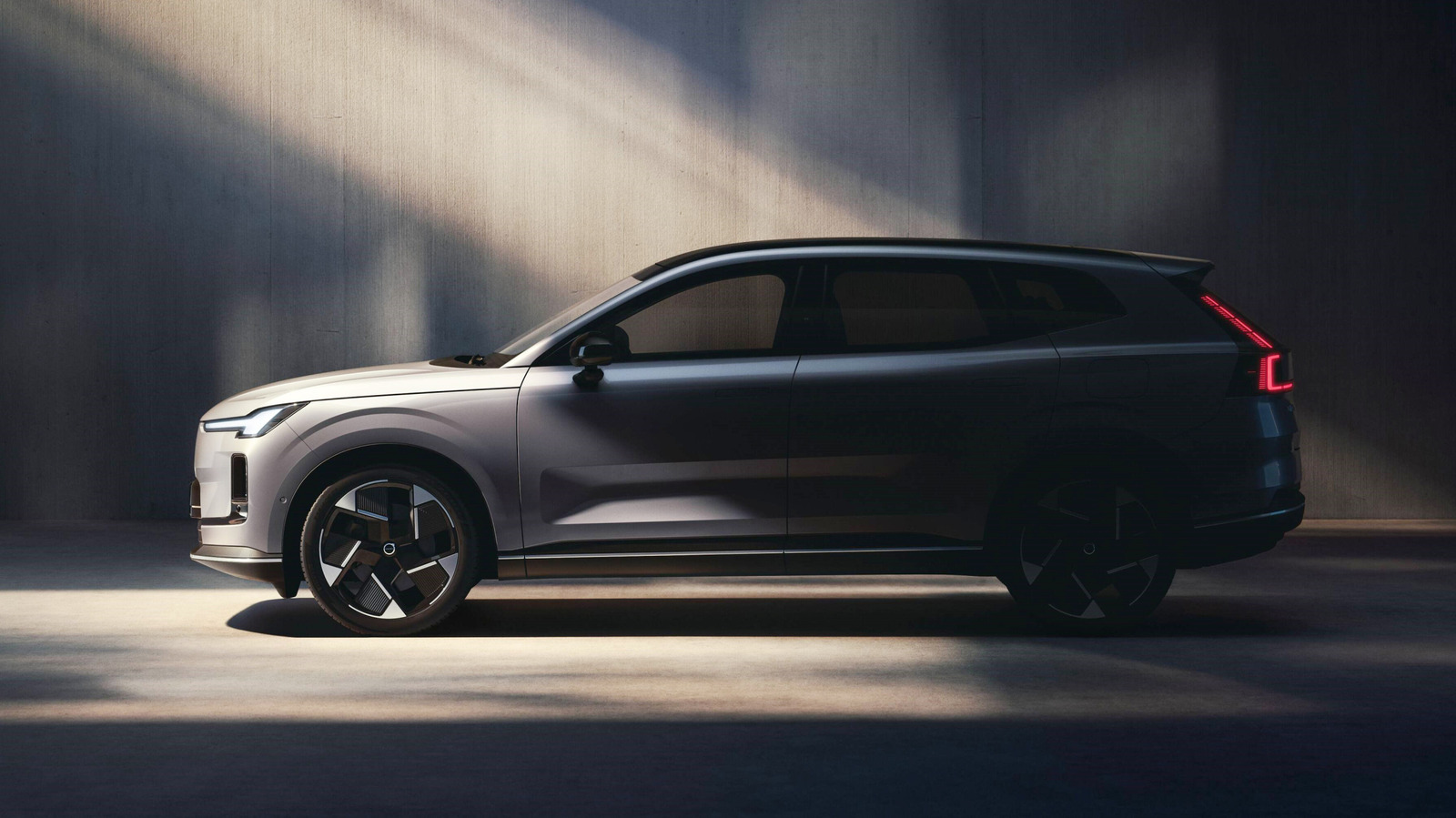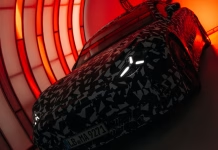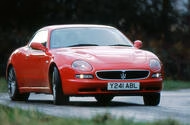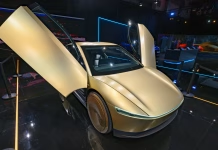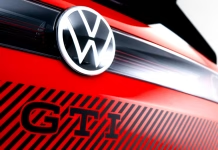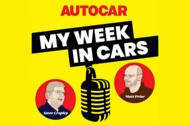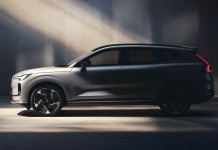New Trade Deal Sparks Controversy: British Cars Get a Break While Detroit Fumes
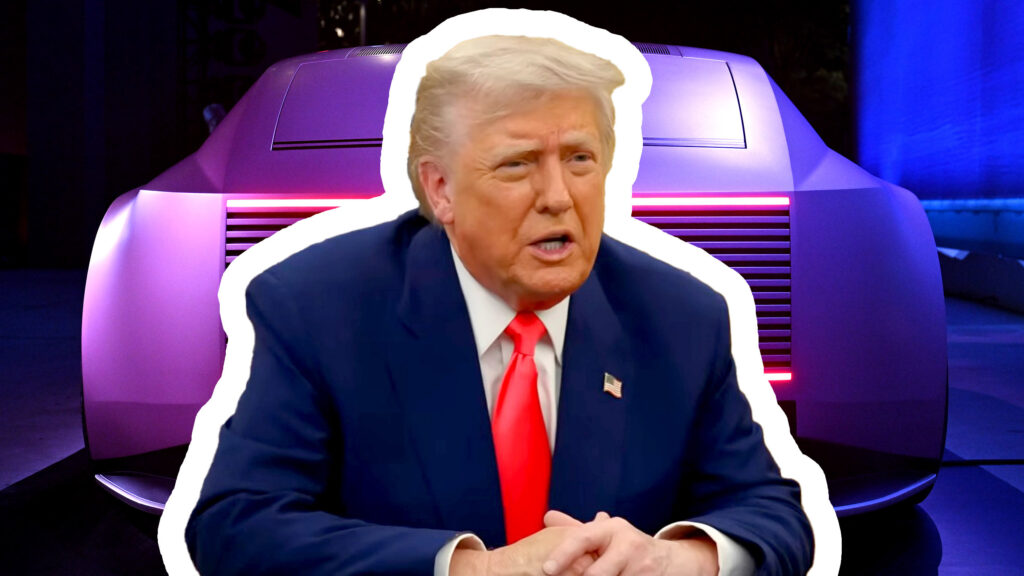
Automakers in Turmoil: Lawsuits and Losses Spark Uncertainty

Mercedes-AMG Unveils Electric Sedan: A New Era of Performance Awaits
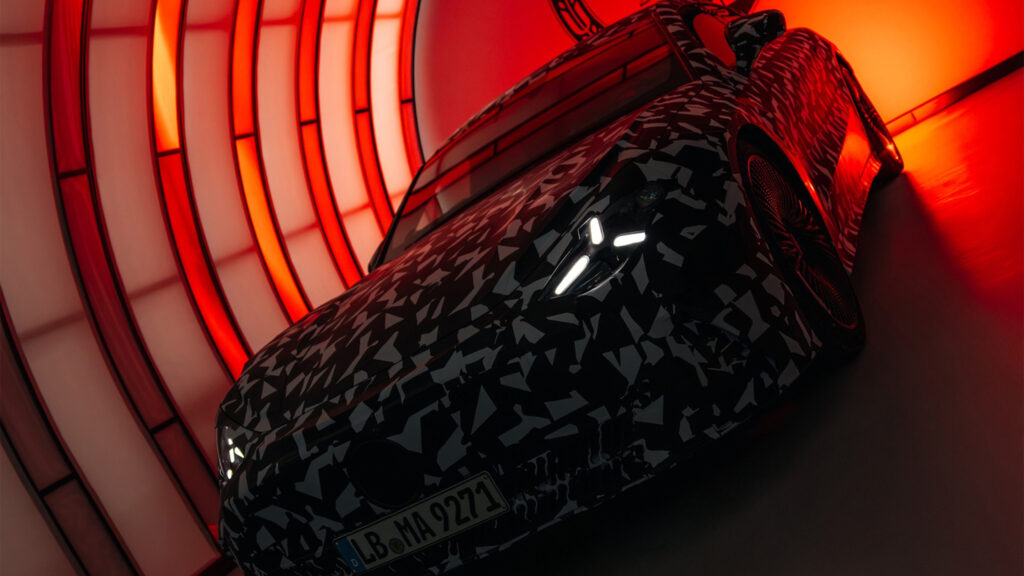
Maserati 3200 GT: The Alluring Gamble of Italian Performance and Luxury
 Prices are on the rise and there are plenty of specialists out there for when they do go wrong...
Prices are on the rise and there are plenty of specialists out there for when they do go wrong...
You can have a flutter on the horses. Chance some money on shares. Take a bet on an election.
But none of these approach the sustained gamble of buying a used, highly strung performance car whose random tantrums can replicate the Southern Rail experience with massive extra expense.
You could try a V10 BMW M5, with its reputation for occasionally chewing its own engine. Experience the will-it, won’t-it, sod-it starting problems of Mazda RX-8s. Or embark on your very own product development programme by attempting to turn a TVR reliable.
But none of these has the glamorous allure of a used Maserati 3200 GT, nor the same capacity for occupying your mind with thoughts of what repairs/maintenance/preventive jobs you must do next, how much money you can spare for them and whether you’ll complete the journey that prompted these musings in the first place.
Like almost every old car with a following, there are non-franchised specialists with sensible prices and if the Maserati forums are to be believed, a much deeper understanding of these cars than official dealers.
All of which makes this somewhat unloved Maserati more of a temptress.
As does a twin-turbo, 32-valve, 365bhp V8 that will deliver you 5.1sec scorches to 62mph and a 174mph workout for the fuel pump.
There’s sumptuous luxury too, the 3200 flaunting enough leather to supply a Moroccan souk for a day, rich hides sleeving most of the cabin and sometimes even the ceiling.
You face a sextet of classy, blue-faced dials, check the time from an ornate clock and sink your feet into luxuriant carpet. Even if you must wait for the AA, this is a pretty pleasant place to do it.
And then there are those boomerang taillights, these curving stripes of variegated light unique to the GT and a flourish that has tempted many a buyer across the financial line.
The 3200’s subtly voluptuous body was Giorgetto Giugiaro’s work, its only oddity a roofline that turns curiously turret-like from certain angles.
The rest is sheer Italian class, and as a bonus, the rear half of its cabin will just about house a couple of adults. Who can push if necessary.
So what about the drive? Well. The figures say it’s fast, and the early drive-by-wire throttle and enthusiastic turbos will have you surging about like an amateur if you aren’t delicate.
You must also wrestle a slightly resistant gearchange if it’s a six-speeder, the task further burdened by unhelpfully sited pedals and a troubled driving position that even a quartet of electric seat motors can’t mask.
Which is why some buyers prefer the four-speed auto, despite its paucity of ratios. Further wrestling occurs if you get heavy with the throttle, the V8’s fast-boosting torque easily overwhelming the rear wheels, giving the ESP – or you, if you turn it off - plenty to do. But that’s part of the thrill.
A different kind of thrill, if you really want a sexy sub-£20k car bearing a trident, is that most of the routine failures such as the throttle body, exhaust back-boxes, radiator, starter motor and over-eager warning lights can be sorted for sensible money, as can the frequent need for cambelts.
The 3200 is impressively rustproof, too. The biggest risk – and it’s big, admittedly – is the possibility of crankshaft end-float, prompting this deep-buried component to shuffle damagingly within its bearings.
A bottom-end rebuild is the consequence, along with a bill close to the total value of the car.
That’s one reason why this Maser isn’t quite a classic. Flighty road manners might be another. But it’s hard to think of another car this exotic, this desirable, that you can hook so cheaply.
This column first appeared as an email to subscribers.
US Patent Office Faces Backlash Over DOGE Trademark Decision
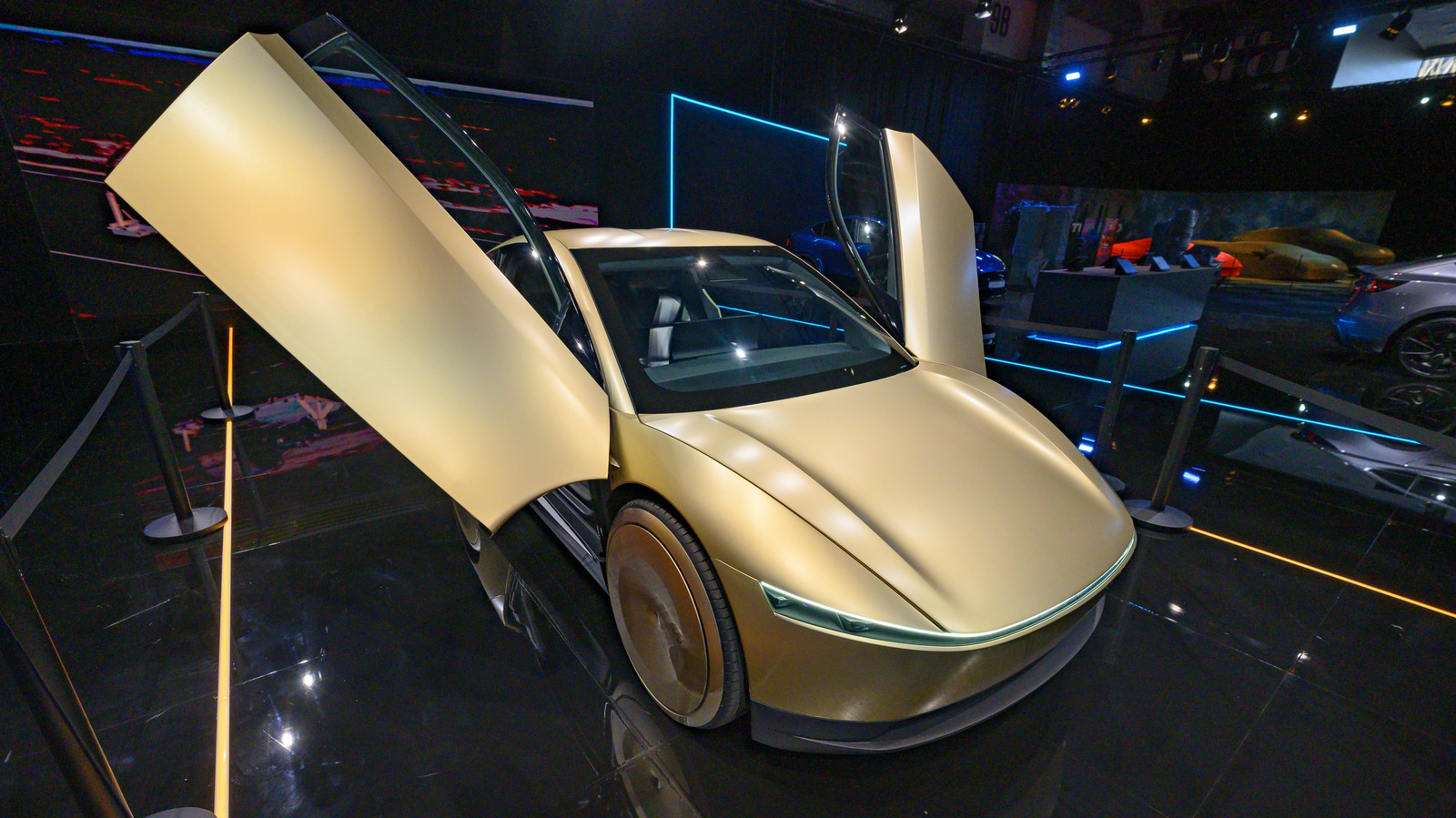
Volkswagen’s Upcoming ID.3 GTI: A New Era for Electric Hot Hatches

Self-Driving Cars: The Surprising Safety Data That Challenges Your Skepticism
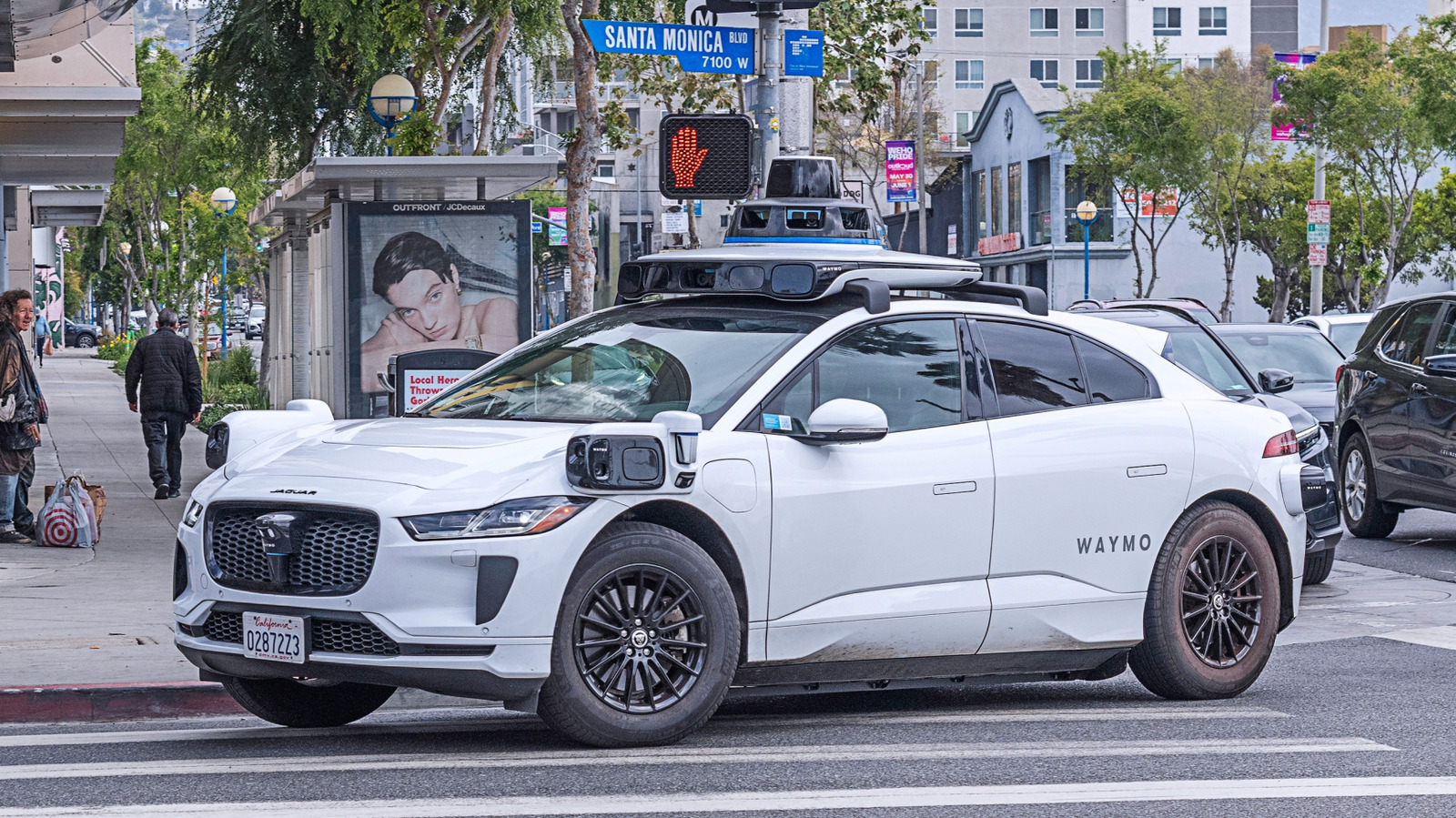
Grenade Toss During Police Chase Lands Driver in Hot Water

Revolutionizing Range: The XC70’s Bold Design and Extended PHEV Capabilities
